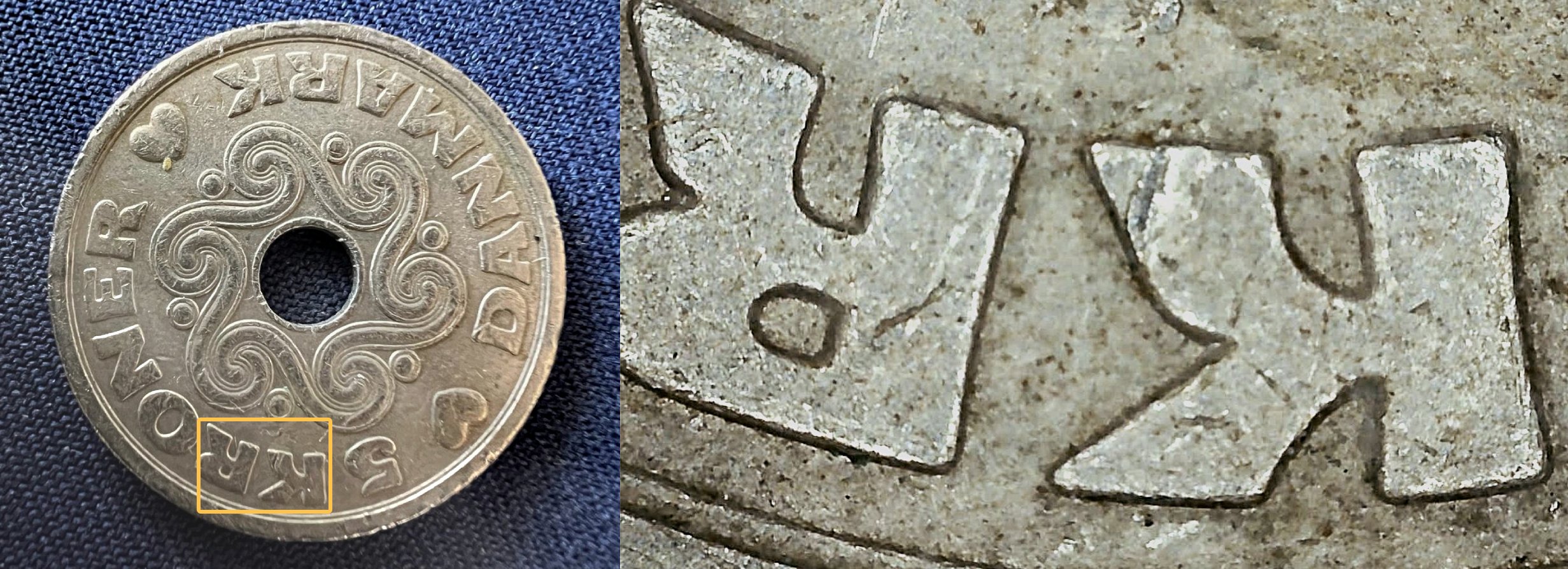Macro – Micro
Macro and micro photography play crucial roles in documenting and preserving cultural heritage. These techniques allow for detailed examination and analysis of artifacts, artworks, and historical sites, providing valuable insights into their composition, craftsmanship, and condition. Following are fields in which macro and micro photography contribute to cultural heritage preservation:
1. Documentation: Used to create high-resolution images of cultural artifacts and sites. These images serve as detailed records, capturing intricate details that might not be visible to the naked eye. Documentation helps in cataloging, studying, and sharing information about cultural heritage items.
2. Conservation and Restoration: By capturing detailed images, conservators can assess the condition of artifacts and develop appropriate conservation and restoration strategies. Macro and micro photography reveal surface cracks, deterioration, and other damage, guiding conservation efforts to preserve cultural treasures for future generations.
3. Research and Analysis: Researchers use macro and micro photography to study the materials, techniques, and construction methods used in cultural artifacts. Close-up images provide insights into artistic processes, pigment analysis, and structural integrity, facilitating interdisciplinary research and deeper understanding of cultural heritage.
4. Virtual Exhibitions and Digital Archives: High-quality images obtained through macro and micro photography contribute to virtual exhibitions and digital archives, making cultural heritage accessible to a wider audience. Online platforms showcase detailed images, allowing viewers to explore artifacts in depth, regardless of geographical location or physical accessibility.
5. Education and Outreach: Macro and micro photography support educational initiatives by providing visually engaging resources for teaching about cultural heritage. Close-up images enhance learning experiences, enabling students to examine artifacts closely and appreciate the craftsmanship and cultural significance behind them.
6. Damage Assessment and Monitoring: Periodic imaging using macro and micro photography helps in monitoring the condition of cultural heritage items over time. Changes in surface features, such as cracks or discoloration, can be documented and analyzed, informing preventive conservation measures to mitigate further deterioration.
7. Forensic Analysis and Authentication: In cases of art authentication or forensic investigations, macro and micro photography can reveal subtle details that assist experts in verifying the authenticity of cultural artifacts. Close examination of brushstrokes, signatures, or material characteristics can provide crucial evidence in determining provenance and authenticity.
Overall, macro and micro photography serve as indispensable tools in the preservation, study, and appreciation of cultural heritage, facilitating interdisciplinary collaboration and ensuring that these treasures continue to inspire and educate future generations.


Top: Left – Unidentified coin. Right – Half Shekel coin, 2nd Temple period (70 c.e.) Jerusalem. Both about 1.5 cm diameter.
Bottom: Danish Kroner. 2.6 cm. Macro & Micro
Photography: Moshe Caine
